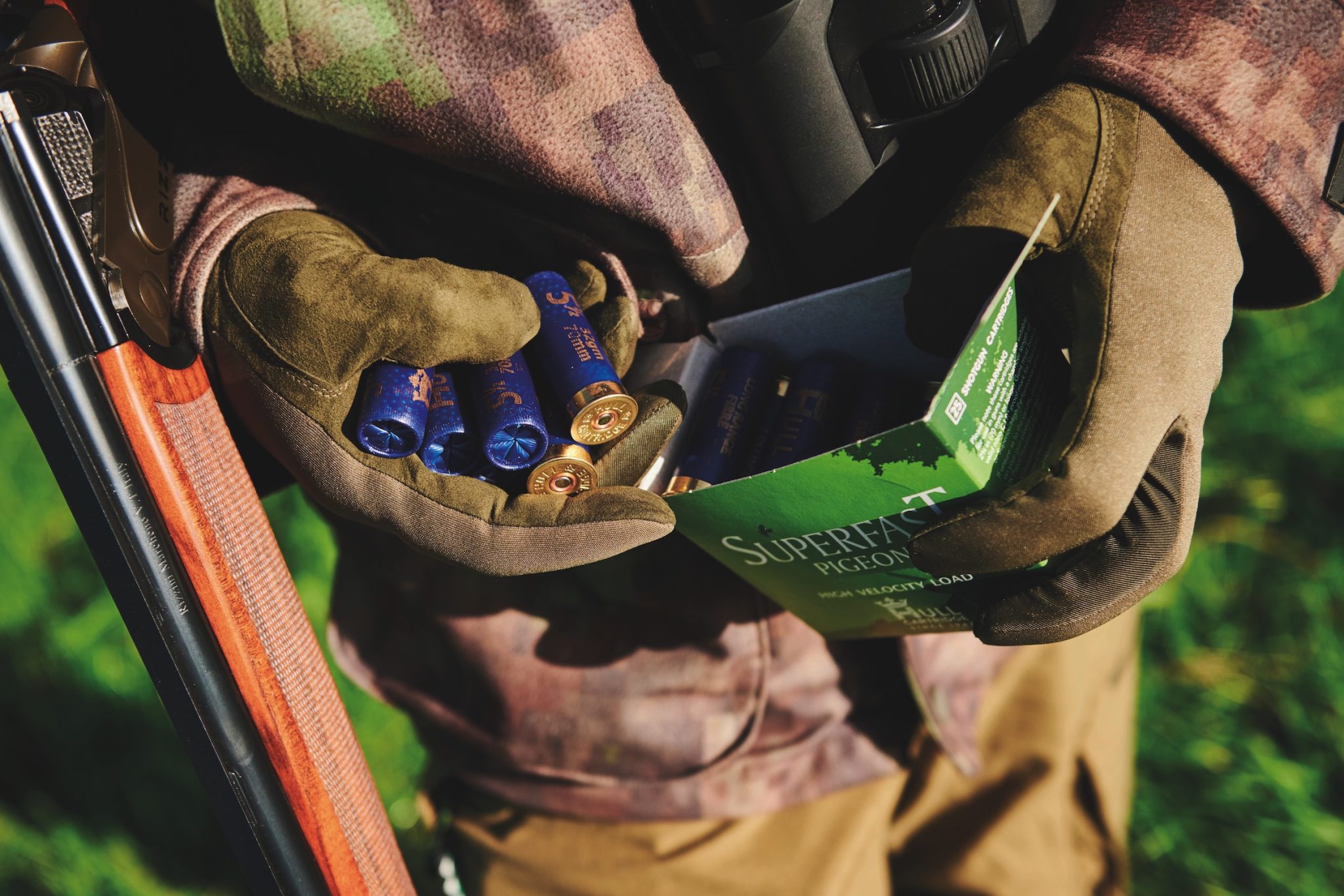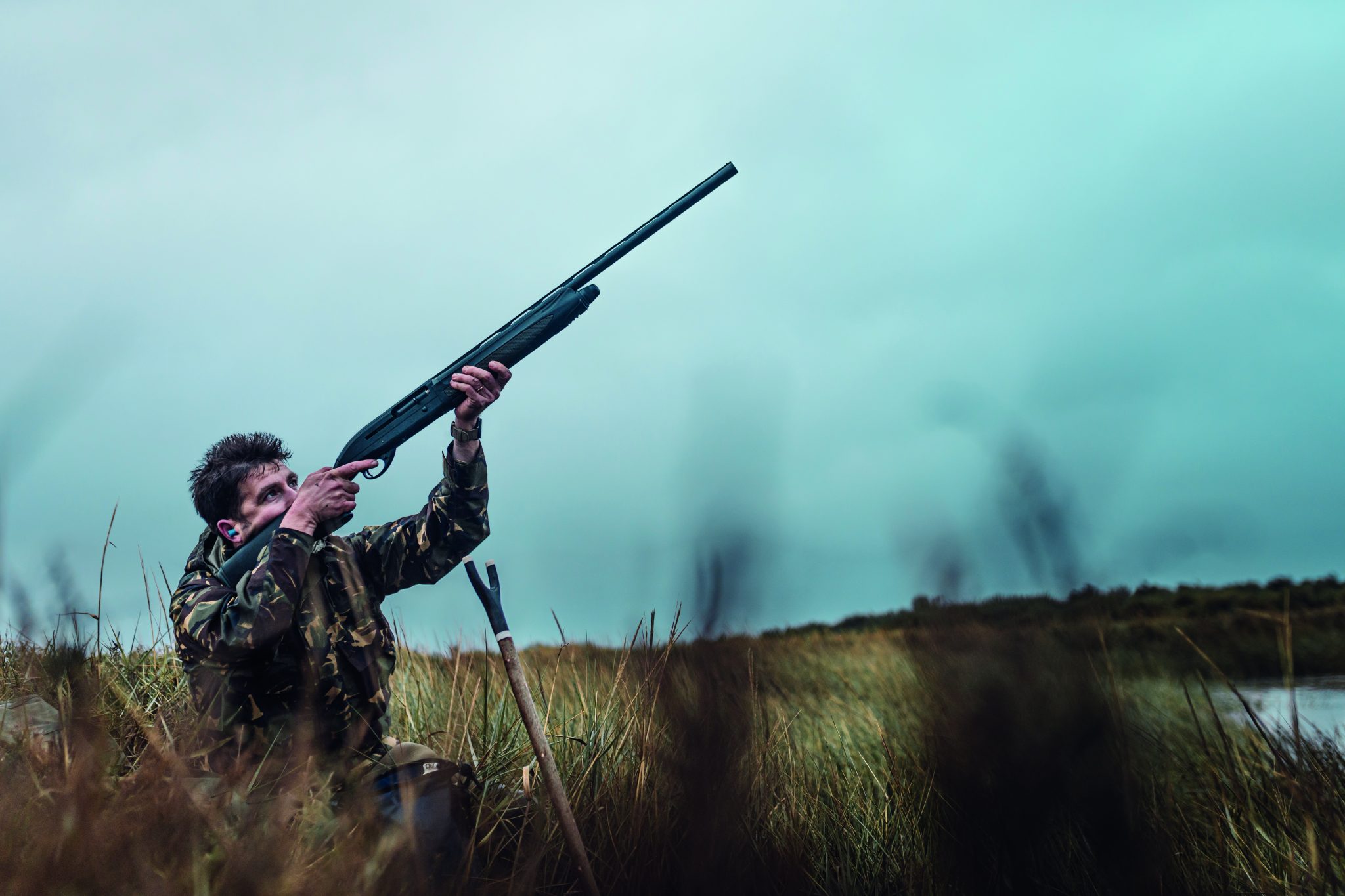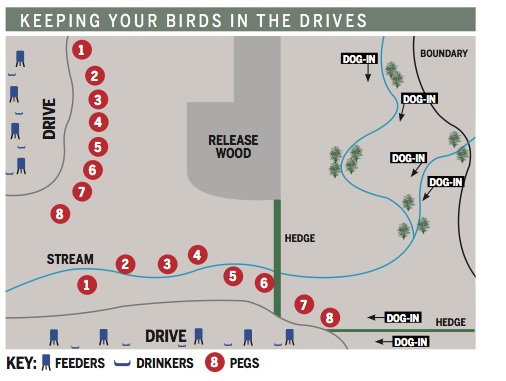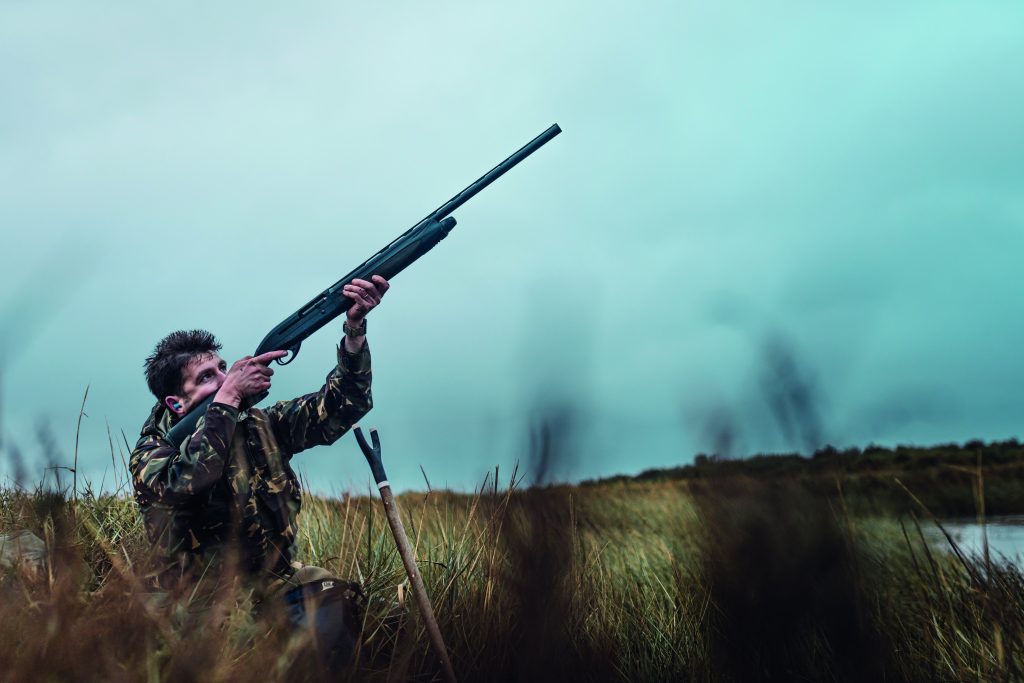Win CENS ProFlex DX5 earplugs worth £1,149 – enter here
Drawing birds into drives – and keeping them there
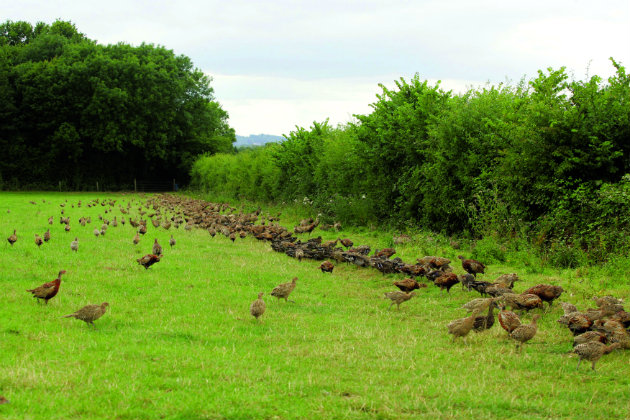
We shoot a few boundary days in October, but to me, October is more about getting ready for the shooting season proper — when the weather is cold and the leaves are off the trees — than it is about serious shooting.
Strange though it may seem, one of the hardest things to do when the weather is warm and there is plenty of food about is to actually get the birds in the drives. Dogging-in when they go the wrong way will help, but ours don’t generally pull in properly until the trees shed their leaves and the birds start to get hungry.
Pheasants would sooner be out in the open
Leaves keep a wood dark, and early in the season, pheasants would sooner be out in the open where there is plenty of light and they can see what they are doing, than in a dark uninviting wood. Light is rarely an issue in gamecrops though, which is why they are so good for early season shooting, but they do still need to be managed if you want to get the best out of them.
You don’t need to do a lot to maize crops. We swipe rides in the bigger blocks to break them up a bit and to help get the birds in, but don’t bother when the patches are only an acre or so. They will push in from the sides, especially if the crop is against an arable field and unfenced, but generally they prefer to follow rides. As well as helping to get the birds into the drives, rides give us somewhere to put our hoppers, somewhere for us to trail feed and somewhere for the birds to dry off if it has been raining.
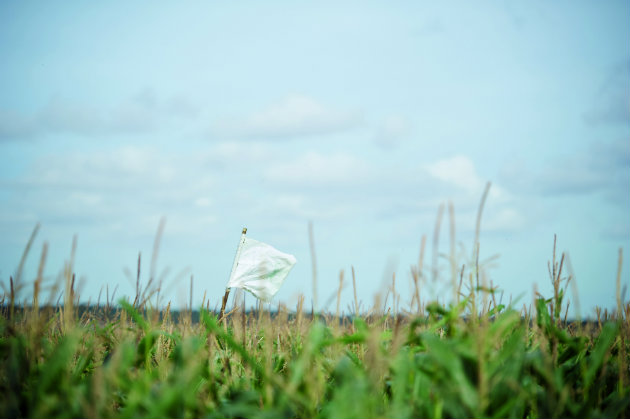
Rides swiped across tall maize crops enable beaters to keep a good line and stay in touch
Rides in kale crops are even more important. The plants on the edges of a kale crop have leaves down to the ground, which will present a seemingly impenetrable wall to the birds. They will simply walk past it. If there is a ride coming in from the edge of the crop it makes it easier for them to find their way in, and once they are in, they’ll start to find the drinkers and the feeders.
We swipe cross rides in the maize so the beaters can keep in touch with each other. It is difficult to keep a good line in maize, especially early on in the season when it is green and 8ft high. We also have rides at key points in the crops where we can wait and reline if we need to. This makes driving the bigger blocks much easier.
Birds notice the gap
It is quite interesting watching the birds as they are pushed over these cross rides. If one of the beaters is lagging behind, the birds notice the gap and try to go back on them; if anyone is too far ahead, they split and go out the sides instead of going forward (things not everyone appreciates when they are asked to keep in line!).
Though the birds need to be in the drives, there is no point in rushing them, which could be counterproductive and you may well end up with fewer birds there than if you had taken your time and moved them steadily over the course of a few weeks. As long as they are where you want them to be two to three weeks before you shoot, you’ll be okay as they’ll be settled down enough by then to want to come back after they’ve been driven out on a shoot day.
Feeding the drives
We try and feed the drives before the birds get to them, not lots of food or loads of hoppers, just the odd feeder here and there, a drinker or two and some wheat trailed where they can see it. Lots of times I’ve gone to a drive not really expecting any birds to be there and found a gang of poults pecking away at the feeder we’d put there just a few days before. If the feeder hadn’t been there to hold them up, there is every chance they’d have carried on going. Pheasants are fairly lazy, especially when they are not particularly hungry, so it pays to put the hoppers, wheat and drinkers where they can see them. If they turn up at a drive and see things they recognise (such as the feeders), there is more chance of them staying.
In early October, our birds are usually everywhere. Hanging round the pens, halfway to drives, in drives and even the other side of drives. We wait until the bulk of them have found the drives (and hopefully started feeding in them), reduce the amount of food we put round the pens, then stop feeding the release areas and the lead-in strips altogether. The remaining feeders are moved up into the drives and we do more trail feeding to compensate for the increase in the number of birds.
If some of them haven’t been as far as the drives when we move the feeders, it doesn’t really matter because they’ll follow the ones that have when they get hungry — a couple of days, and they’ll all be feeding in the same place.
Drink and drives
It’s all too easy to forget the importance of drinkers when you are concentrating on feeders and food. We have them in all our drives (though not many — maybe one for every 2-300 birds). They use them less as the weather gets wetter but do, nevertheless, still use them. They are nothing fancy, just 25-litre drums cut in half. Proper drinkers cost more, and are more likely to split if we get a good frost. It also takes longer to manage a drinker line properly (something we don’t always have the time to do).
Having an open trough-type drinker where the water can get dirty isn’t normally a problem for healthy adult birds that are out and about. It probably would be if they were penned (and therefore at higher densities), but we’ve never had a problem.
Related Articles
Get the latest news delivered direct to your door
Subscribe to Shooting Times & Country
Discover the ultimate companion for field sports enthusiasts with Shooting Times & Country Magazine, the UK’s leading weekly publication that has been at the forefront of shooting culture since 1882. Subscribers gain access to expert tips, comprehensive gear reviews, seasonal advice and a vibrant community of like-minded shooters.
Save on shop price when you subscribe with weekly issues featuring in-depth articles on gundog training, exclusive member offers and access to the digital back issue library. A Shooting Times & Country subscription is more than a magazine, don’t just read about the countryside; immerse yourself in its most authoritative and engaging publication.



